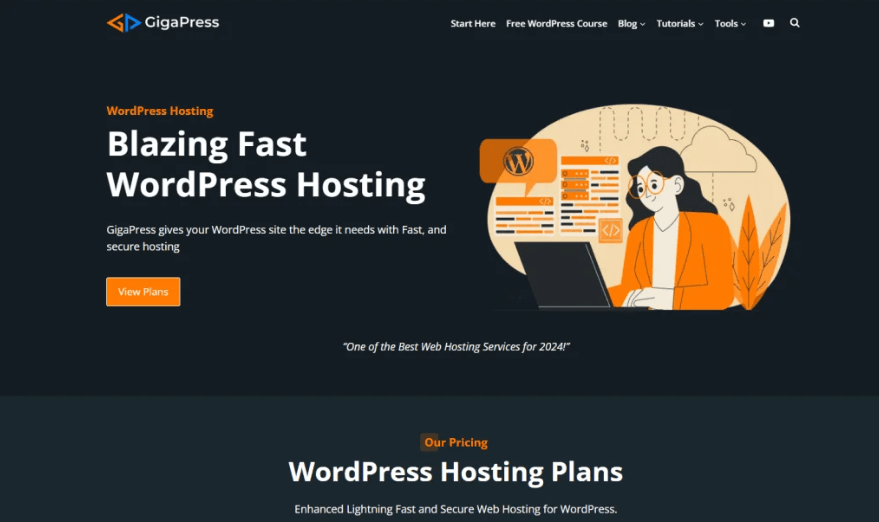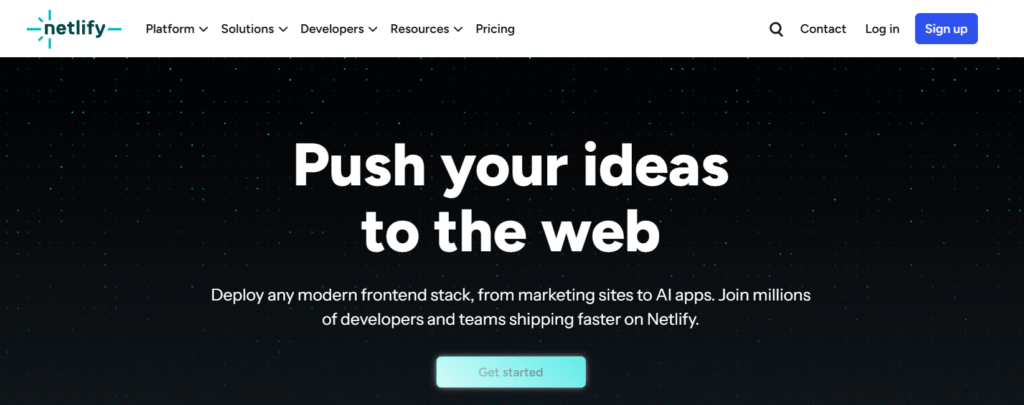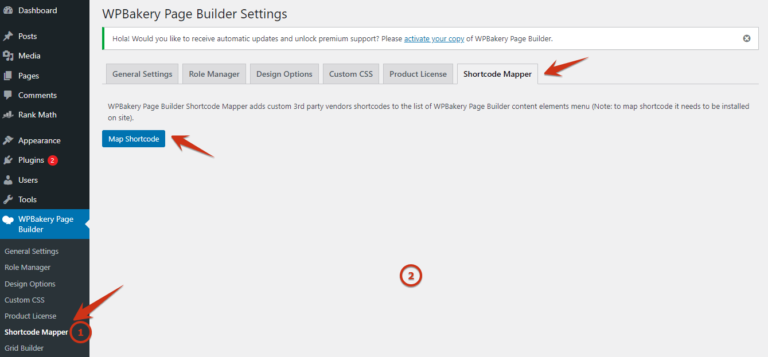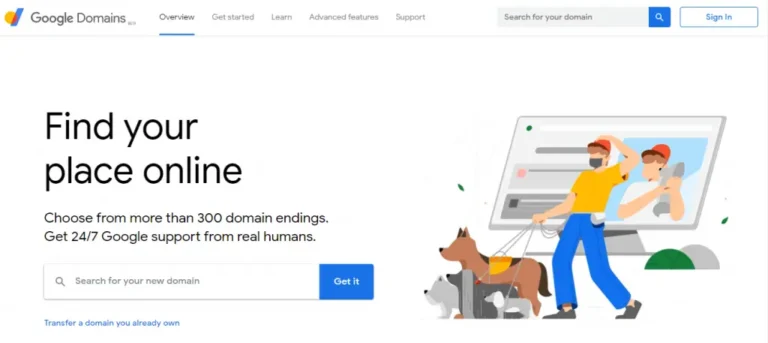Curious about how to build a headless WordPress site with React? You’re in the right place. In this step‑by‑step walkthrough, we’ll demystify headless WordPress architecture, show you why pairing it with React or Next.js is powerful, and guide you through building a working site from scratch—even if you’re brand‑new to this setup.
Why a Headless WordPress with React or Next.js?
Have you ever felt limited by WordPress’s classic theme‑based approach? Switching to a headless WordPress site means you use WordPress just for content management (the “backend”), while the “frontend”—what users actually see—is built independently. That’s where React or Next.js comes in.
With React WordPress architecture, you get:
- Super‑fast, snappy frontend performance
- Total control over layouts and UI
- The ability to leverage modern development tools and workflows
This guide will walk you through every step: from setting up WordPress to building your frontend, fetching content, routing pagesIn WordPress, a page is a content type that is used to create non-dynamic pages on a website. Pages are typica… More, securing your site, and deploying live. Ready? Let’s dive in.
What Exactly Is Headless WordPress?
Think of headless WordPress as a decoupled system:
- WordPress handles content creation behind the scenes
- Your frontend (React or Next.js) fetches that content and displays it
Why this matters:
- Decoupled architecture = faster performance and easier maintenance
- Modern tools: Yarn, npm, React libraries, Next.js ecosystems
- Improved developer experience—you can use React components, hooks, and modern JS instead of PHP templates
For beginners, headless WordPress also teaches core API concepts while letting you learn React simultaneously.
React or Next.js? Which One Should You Use?
React (CRA)
A straightforward choice—spin up a project in minutes, fetch WordPress data via REST or GraphQL, and build a dynamic SPA.
Next.js
A React framework that adds:
- Pre-rendering with getStaticProps / getServerSideProps
- Automatic routing (folder structure + file names)
- Server-side rendering for better performance and SEO
Why Next.js is ideal for a React WordPress tutorial for beginners:
- Better SEO out of the box
- Blazing fast load times thanks to static generation
- Hobby‑friendly deployment to platforms like Vercel
Setting Up WordPress as a Headless CMS
A. Choose Your WordPress Hosting
You can set up:
- A local environment (Local by Flywheel, XAMPP, MAMP)
- A live hosting provider (Gigapress, WP Engine, Kinsta, Pocket Portal)

Once WordPress is live, let’s prep it.
B. Enable WordPress APIs
- REST API – built in; no extra pluginA plugin is a software component that adds specific features and functionality to your WordPress website. Esse… More, but limited to core features
- GraphQL – install WPGraphQL plugin
Recommended plugins:
- WPGraphQL – expose postsA post is a type of content in WordPress, a popular open-source content management system used for creating an… More/pages/custom types via GraphQL
- Advanced Custom FieldsCustom fields are a powerful feature of WordPress that allows users to add additional data to their posts, pag… More (ACF) – define custom fields
- Custom Post TypeA custom post type is a feature in WordPress that allows users to create their own content types, beyond the d… More UI – build unique postA post is a type of content in WordPress, a popular open-source content management system used for creating an… More types easily
Also, configure:
- CORS headers so your frontend app can fetch data
- JWT Authentication if you’re planning on secure content (we’ll touch on this later)
How to Build a Headless WordPress Frontend Using React or Next.js
Want to create a high-performance headless WordPress frontend? This step-by-step tutorial shows you how to fetch and display WordPress content using React or Next.js, powered by the WordPress REST API or GraphQL.
React Setup for a Basic Headless WordPress Single Page Application (SPA)
Step 1: Create a New React App
npx create-react-app headless-wp-react
cd headless-wp-react
npm install axios graphqlStep 2: Fetch WordPress Posts Using the REST API
Open App.js and add the following code:
import React, { useEffect, useState } from 'react';
import axios from 'axios';
function App() {
const [posts, setPosts] = useState([]);
useEffect(() => {
axios.get('https://your-wp-site.com/wp-json/wp/v2/posts')
.then(res => setPosts(res.data));
}, []);
return (
<div>
{posts.map(post => (
<article key={post.id}>
<h2 dangerouslySetInnerHTML={{ __html: post.title.rendered }} />
<div dangerouslySetInnerHTML={{ __html: post.excerpt.rendered }} />
</article>
))}
</div>
);
}
export default App;Optional: Fetch WordPress Data Using GraphQL
Install graphql-request and query posts from your WPGraphQL endpoint:
import { useEffect, useState } from 'react';
import { request, gql } from 'graphql-request';
const query = gql`
{
posts {
nodes {
id
title
excerpt
}
}
}
`;
function App() {
const [posts, setPosts] = useState([]);
useEffect(() => {
request('https://your-wp-site.com/graphql', query)
.then(data => setPosts(data.posts.nodes));
}, []);
return (
<div>
{posts.map(post => (
<article key={post.id}>
<h2 dangerouslySetInnerHTML={{ __html: post.title }} />
<div dangerouslySetInnerHTML={{ __html: post.excerpt }} />
</article>
))}
</div>
);
}Setting Up a Static or Server-Side Rendered Headless WordPress Frontend with Next.js
Step 1: Create a Next.js App
npx create-next-app headless-wp-next
cd headless-wp-next
npm install graphql-request swrStep 2: Fetch WordPress Posts Using GraphQL at Build Time
In pages/index.js:
import { gql, request } from 'graphql-request';
export async function getStaticProps() {
const query = gql`
{
posts {
nodes {
id
title
excerpt
slug
}
}
}
`;
const data = await request(process.env.WP_GRAPHQL, query);
return {
props: { posts: data.posts.nodes },
};
}
export default function Home({ posts }) {
return (
<>
<h1>Latest WordPress Blog Posts</h1>
{posts.map(p => (
<div key={p.id}>
<h2><a href={`/posts/${p.slug}`}>{p.title}</a></h2>
<div dangerouslySetInnerHTML={{ __html: p.excerpt }} />
</div>
))}
</>
);
}Step 3: Create Dynamic Post Pages in pages/posts/[slug].js
export async function getStaticPaths() {
const query = gql`
{ posts { nodes { slug } } }
`;
const data = await request(process.env.WP_GRAPHQL, query);
return {
paths: data.posts.nodes.map(post => ({
params: { slug: post.slug },
})),
fallback: false,
};
}
export async function getStaticProps({ params }) {
const postQuery = gql`
query PostBySlug($slug: String!) {
postBy(slug: $slug) {
title
content
}
}
`;
const data = await request(process.env.WP_GRAPHQL, postQuery, {
slug: params.slug,
});
return { props: { post: data.postBy } };
}
export default function Post({ post }) {
return (
<>
<h1>{post.title}</h1>
<div dangerouslySetInnerHTML={{ __html: post.content }} />
</>
);
}To enhance your headless site, add support for:
Featured ImagesA featured image, also known as a post thumbnail, is an image that represents the contents of a WordPress post… More
REST API: _embedded['wp:featuredmedia']
GraphQL:
postBy(id: "...") {
featuredImage {
node {
sourceUrl
altText
}
}
}Custom Fields with ACF Plugin
customFields {
myField
}Post Pagination
Use query params for REST, or pageInfo in GraphQL.
CategoryIn WordPress, categories are a fundamental taxonomy used to group and organize posts based on their topics or … More and TagIn WordPress, tags are a taxonomy used to classify and organize posts. They are similar to categories, but unl… More Filters
categories { nodes { name slug } }
tags { nodes { name slug } }Adding Authentication and Protected Content in Headless WordPress
Secure WordPress Content with JWT or NextAuth.js
- Use the JWT Authentication plugin for token-based REST API access.
- Use NextAuth.js with Next.js for social login or email/password flows.
Basic Auth Flow with JWT:
- User logs in through your custom frontend form.
- JWT token is stored in local storage.
- Token used in API calls:
axios.get('/wp-json/wp/v2/posts?status=private', {
headers: { Authorization: `Bearer ${token}` }
});Ideal for:
- Gated content
- Member-only areas
- Personalized user dashboards
How to Deploy Your Headless WordPress Site
Deploy the Frontend
- Next.js → Use Vercel (supports SSR, static pages, and environment variables).
- React SPA → Use Netlify or GitHub Pages.

Host the WordPress Backend
- Shared PHP Hosting
- Docker + Official WordPress Image
- Cloud platforms like DigitalOcean, WP Engine, or AWS
Don’t Forget:
- Enable HTTPS
- Secure REST and GraphQL APIs
- Add rate limiting and authentication where needed
Workflow Automation
- Push changes to GitHub
- Frontend auto-deploys via Netlify or Vercel
- WordPress powers the backend, decoupled and API-driven

By combining the flexibility of React or Next.js with the power of the WordPress REST API or WPGraphQL, you can build blazing-fast, fully customizable headless websites. Perfect for developers looking to create SEO-optimized blogs, advanced content portals, or dynamic web apps.
Final Thoughts & Best Practices
You’ve just built a full headless WordPress site with React or Next.js from scratch. Let’s recap:
- Headless WordPress architecture lets you separate content from presentation
- React WordPress sites give full control over UI
- Next.js takes performance and SEO up a notch with static generation
- Plugins like WPGraphQL, ACF, and JWT Auth bring more features to the table
- You can enhance your setup with protected routes, advanced caching, or full CI/CD workflows
Pro Tips:
- Always handle HTML safely—use dangerouslySetInnerHTML mindfully or sanitize inputs
- Use fallback: “blocking” in Next.js for better user experience on dynamic routes
- Add a simple CMS preview environment for content editors
- Think about image optimization (WebP, responsive srcset, or Next.js’ <Image /> component)
Resources to Keep Learning
- WPGraphQL documentation – essential for GraphQL-powered sites
- Next.js tutorials on routing, SSG, and SSR
- ACF + graphql-acf schema examples
- next-auth docs for adding login/auth systems
Wrapping Up: Build a Headless WordPress Site with React or Next.js
By now, you know how to build a headless WordPress site with React and why developers love this approach. You’ve:
- Prepped WordPress as a headless backend
- Built React & Next.js frontends
- Fetched and displayed WordPress content dynamically
- Optionally secured content and deployed live
Now it’s your turn! Try building a simple portfolio or company blog headless system. And feel free to reuse this roadmap as your ultimate React WordPress tutorial for beginners.
If you’re building a blazing-fast Headless WordPress with React frontend, performance and reliability matter—especially when it comes to hosting. Don’t waste time managing updates or worrying about server uptime.
🔥 Need premium WordPress hosting + done-for-you maintenance?
We’ve got you covered.
👉 Click the button below to explore our fast WordPress hosting packages, tailored for headless setups like React and Next.js.
Take the hassle out of hosting—so you can focus on building your perfect frontend experience with Headless WordPress.



![How to Remove Navigation Bar in WordPress [A Complete Guide]](https://codingheros.com/wp-content/uploads/2024/12/how-to-remove-navigation-bar-in-wordpress-a-complete-guide-178-768x544.png)

